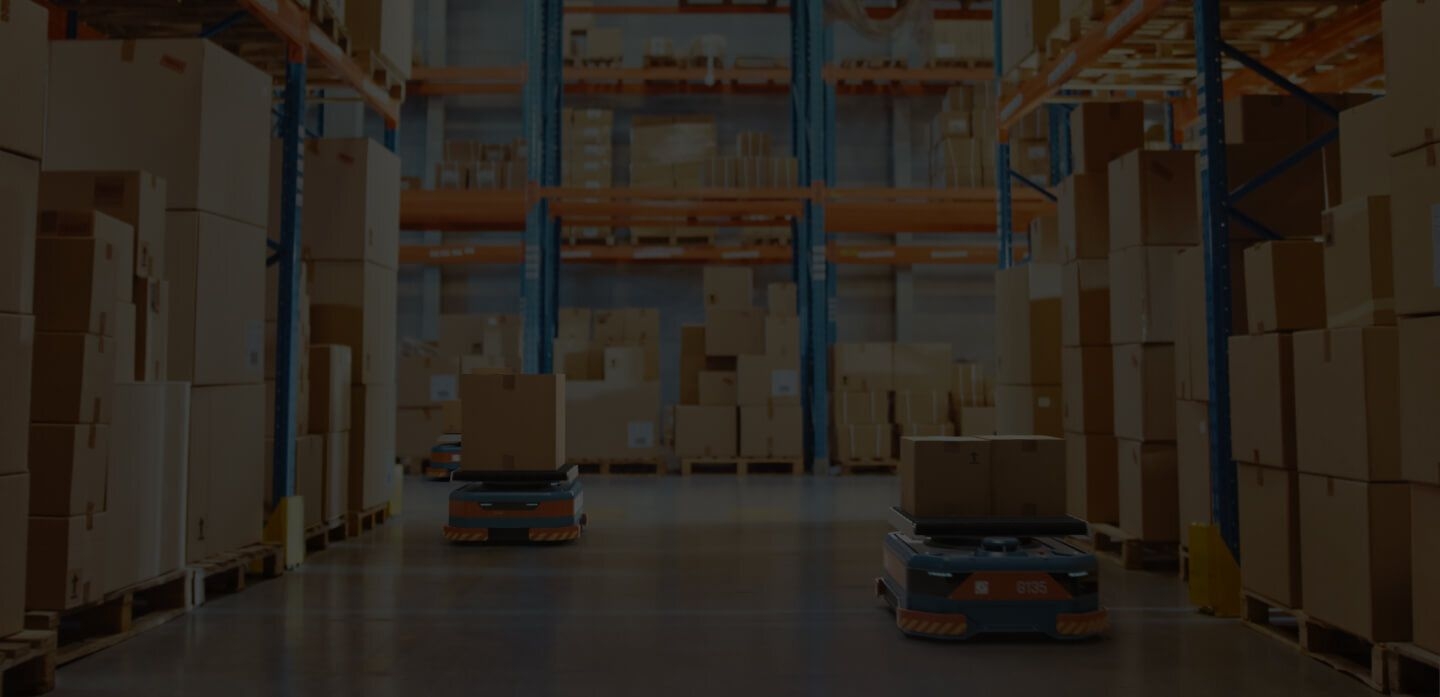
Ocean Freight to United Arab Emirates



Ocean freight shipping to United Arab Emirates
According to Export.gov, the UAE has been the number one export hub for the US in the Middle East-North Africa region for the past decade. With its citizens enjoying a high income and the country’s GDP a steady expansion, it is without doubt the central region for trade in the Middle East, Africa and South Asia.
Data collected from the OEC shows that in 2017 the United Arab Emirates was the 25th largest importer in the world with its main imports being gold and jewelry. As for the country’s exports, the UAE was the 32nd biggest exporter worldwide.
FCL or LCL for your ocean freight to the United Arab Emirates
Choosing between using Full Container Load (FCL) or Less than Container Load (LCL) for your ocean freight to the United Arab Emirates is the first and probably most important decision you will face when shipping to the UAE.
By picking FCL, you will be able to take up a whole container with your cargo. Based on your freight’s volume and dimensions, you will then have to choose between a 20-foot or a 40-foot FCL. The smallest can carry 10 standard American pallets while the biggest can fit up to 21. To give you an idea of what this means, a standard American pallet is 47.24 inches long and 39.37 inches wide. If your cargo will take up more than half of the container space, then FCL is probably your best bet.
With LCL, on the other hand, your shipment will be transported in the same container alongside other shippers’ goods, therefore this shipping mode is more suitable for low-volume freight. Rates for this service tend to be more budget-friendly but it may not be advisable if you’re shipping sensitive goods since there is certain damage risk because they will be sharing space with other freight.
Ocean freight ports in the United Arab Emirates
Port of Abu Dhabi
The port of Abu Dhabi is the first semi-automated port in the Middle East and North Africa and to this date has an annual capacity of 2.5 million TEUs and 12 million tonnes of cargo, although with the current developments it is undergoing, it is expected to reach capacity for container volumes to 15 million TEUs and 35 million tonnes of general cargo per year.
Port of Jebel Ali
The port of Jebel Ali is the biggest seaport in the Middle East and has been voted “Best Seaport – Middle East” for 24 consecutive years due to its comprehensive logistic facilities as well as sea, air and land connectivity. It is a gateway hub for more than 80 weekly shipping services and holds an important role in the United Arab Emirates’ economy.
Port of Dubai
The port in Dubai underwent a significant expansion in 1978 which now allows for ample storage. The port offers a 615,000-m2 container yard, 13 warehouses for general cargo covering almost 97,000m2, as well as an open storage facility of around 308m2. However, expansion of the port is an on-going process focused on facilities and equipment to handle non-containerized cargo. At the moment, most commodities that are dealt with at the port of Dubai include minerals, timber, steel, sugar, rice and project cargo, among others.
Port of Khor al Fakkan
Located in the eastern shores of the Gulf of Oman, the port of Khor al Fakkan’s initial traffic came from smuggling gold and luxury cargo to India and Pakistan. Nowadays, it has four berths with 14 container gantry cranes and extensive shore-side handling equipment although it is currently undergoing a major expansion project aimed at increasing its cargo-handling capacity. Its storage is of 320,000m2 and can contain 32,000 TEUs of containerized cargo which will be enlarged to offer storage for 11,000 TEUs.
Our ocean freight services to United Arab Emirates
iContainers offers door-to-door ocean freight services. This involves picking up and delivering your merchandise to and from your desired address.These are the door-to-door ocean freight services to/from United Arab Emirates we offer:
- Door-to-door ocean freight shipping from Spain to UAE
- Door-to-door ocean freight shipping from USA to UAE
- Door-to-door ocean freight shipping from Belgium to UAE
- Door-to-door ocean freight shipping from Netherlands to UAE
- Door-to-door ocean freight shipping from China to UAE
- Door-to-door ocean freight shipping from Taiwan to UAE
- Door-to-door ocean freight shipping from Dominican Republic to UAE
What our ocean freight rates to the United Arab Emirates include
![]()
You can also check out ship container rates for your ocean freight to the United Arab Emirates here.